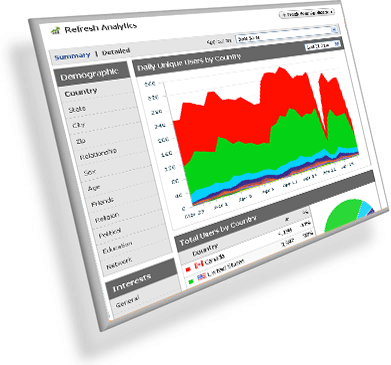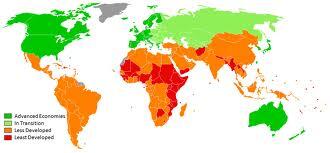Normally, I steer clear of defining terms, primarily because of the term “exceptions”. There are exceptions to every rule so I don’t know that it helps to be too dogmatic. Here at CI, we spend a fair bit of time talking about data: enterprise and social, structured or unstructured that it occurred to us, “Hey, does anyone else know what we’re talking about?” So, I thought it might be worth spending a little time defining what we mean when we talk about unstructured text or enterprise data.
Normally, I steer clear of defining terms, primarily because of the term “exceptions”. There are exceptions to every rule so I don’t know that it helps to be too dogmatic. Here at CI, we spend a fair bit of time talking about data: enterprise and social, structured or unstructured that it occurred to us, “Hey, does anyone else know what we’re talking about?” So, I thought it might be worth spending a little time defining what we mean when we talk about unstructured text or enterprise data.
Many companies are awash, overwhelmed and inundated with data. The number of data sources is only equaled by the variety; from chat transcripts, to email, to Facebook and Twitter, organizations and individuals may be producing as much data this year as they have in the past few. But when a text analytics company talks about data, what exactly do we mean?
Defining Structured Data
First off, what is structured data? The best example I can give of structured data is to provide a visual:
Data values are restricted to a specific field. Each of the entries is associated with a specific value and is either selected or not. This type of data is easier to organize and analyze by computers or humans (depending on the volume).
Unstructured Data – Structured Data’s Crazy Cousin
Unstructured data in contrast is best described as the information captured in the field “Other”. It’s content in all its grammatically incorrect, authentic and unorganized glory.
There’s a lot of information packed into unstructured data: sentiment, preference, behavior not to mention author information, platform usage, etc, which is what can make it so cumbersome to manage and analyze but also why it is such a fertile ground for providing insights into social consumers.
Enterprise Text – Keep it in the Family
Enterprise text is defined as an organization’s internal data, structured or unstructured from a variety of different sources, like: customer service chats, video transcripts, forums, etc. Often the data is dispersed and its use and value varies across the enterprise. For example, email exchanges about a particular product or issue may have a higher value for an engineering group than for the graphics design team. But customer service chat transcripts may hold particular interest and relevancy to both engineering, customer service, and marketing.
Social Data
Social data can be characterized as user-produced content, shared on a social media platform, like Facebook or Twitter. The volume, velocity and variety of social data is immense and is most often characterized as unstructured. Most of the data contributed to our notion of “Big Data” is produced on social media platforms. In most cases, the data is unsolicited, unscripted, authentic expressions of consumer reactions, preferences and intentions.
Social media exchanges can often occur outside the confines of an organization’s IT structure, making it much harder to analyze for relevant and accurate insights and integrate into other existing enterprise data. Social media technology may also be one of the most critical and important recent contributions to the production and sharing of information but that’s another post, altogether.
All together now – Foundation of Social Business
The most important recommendation we give to our clients is to encourage them to begin thinking about how they might analyze and integrate both social and enterprise, structured and unstructured text. Narrowing your focus to a single source of data may not provide your organization with a complete picture of your market or brand. Without the appropriate technology and strategy the signal of a customer, who recently tried to use your customer service support but was put on hold, so used Twitter to express irritation about a bug in your software is lost. Identifying and monitoring a robust signal includes both analyzing and integrating social media and enterprise data and begins to lay the foundation of a social business.










